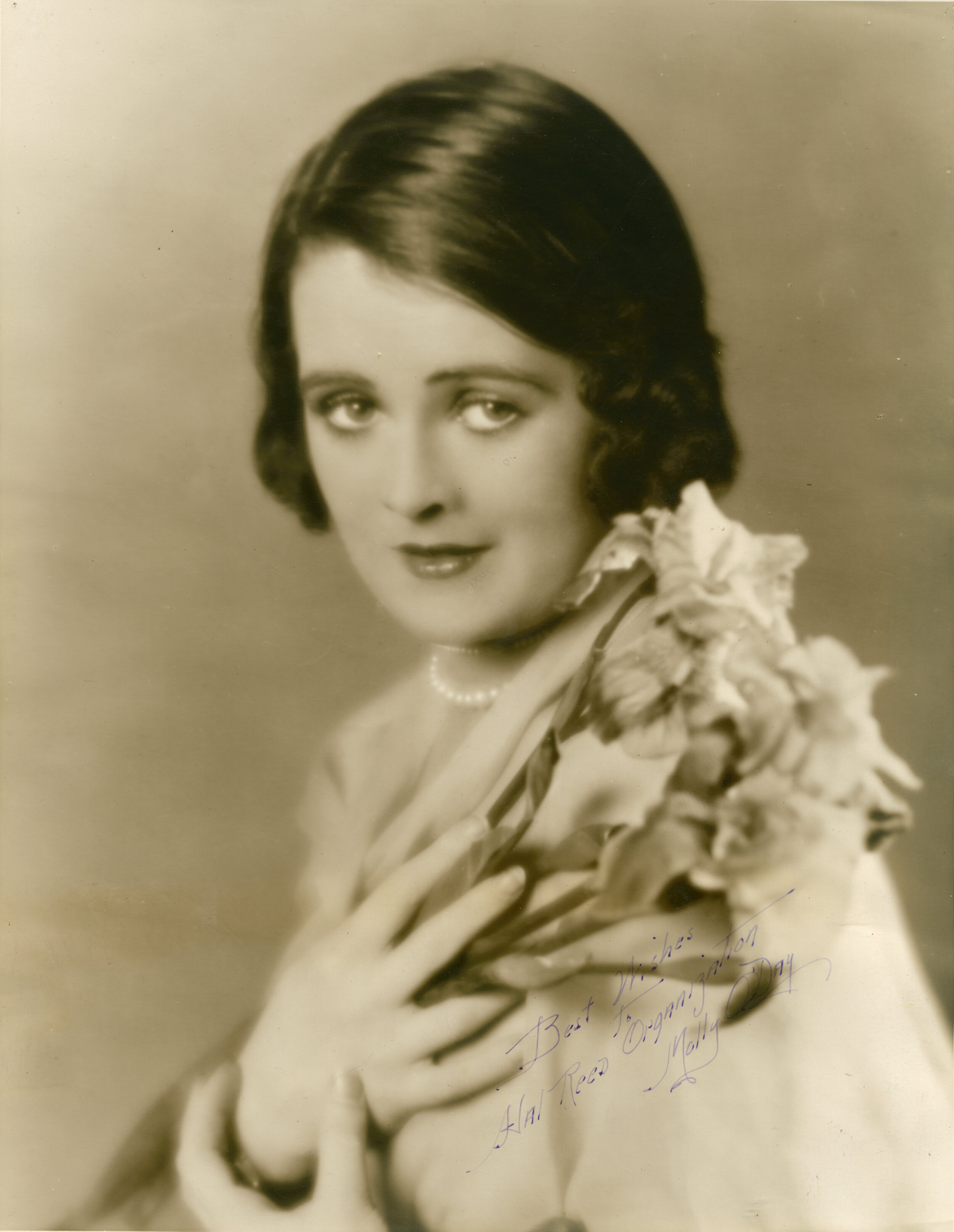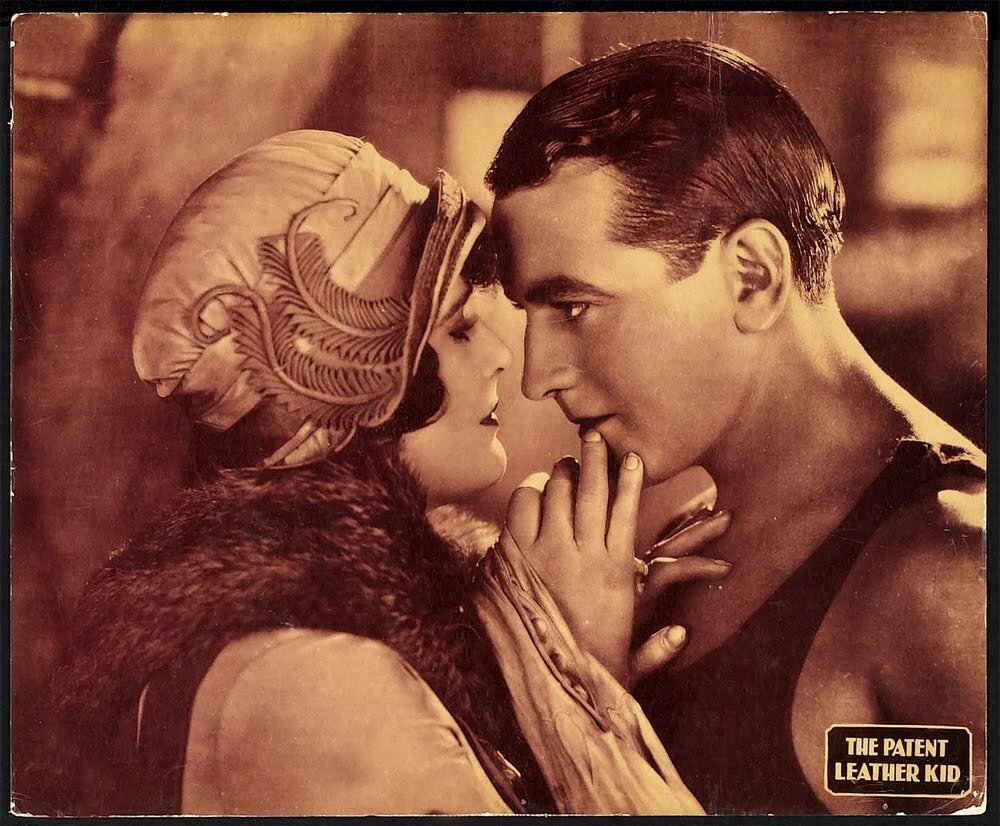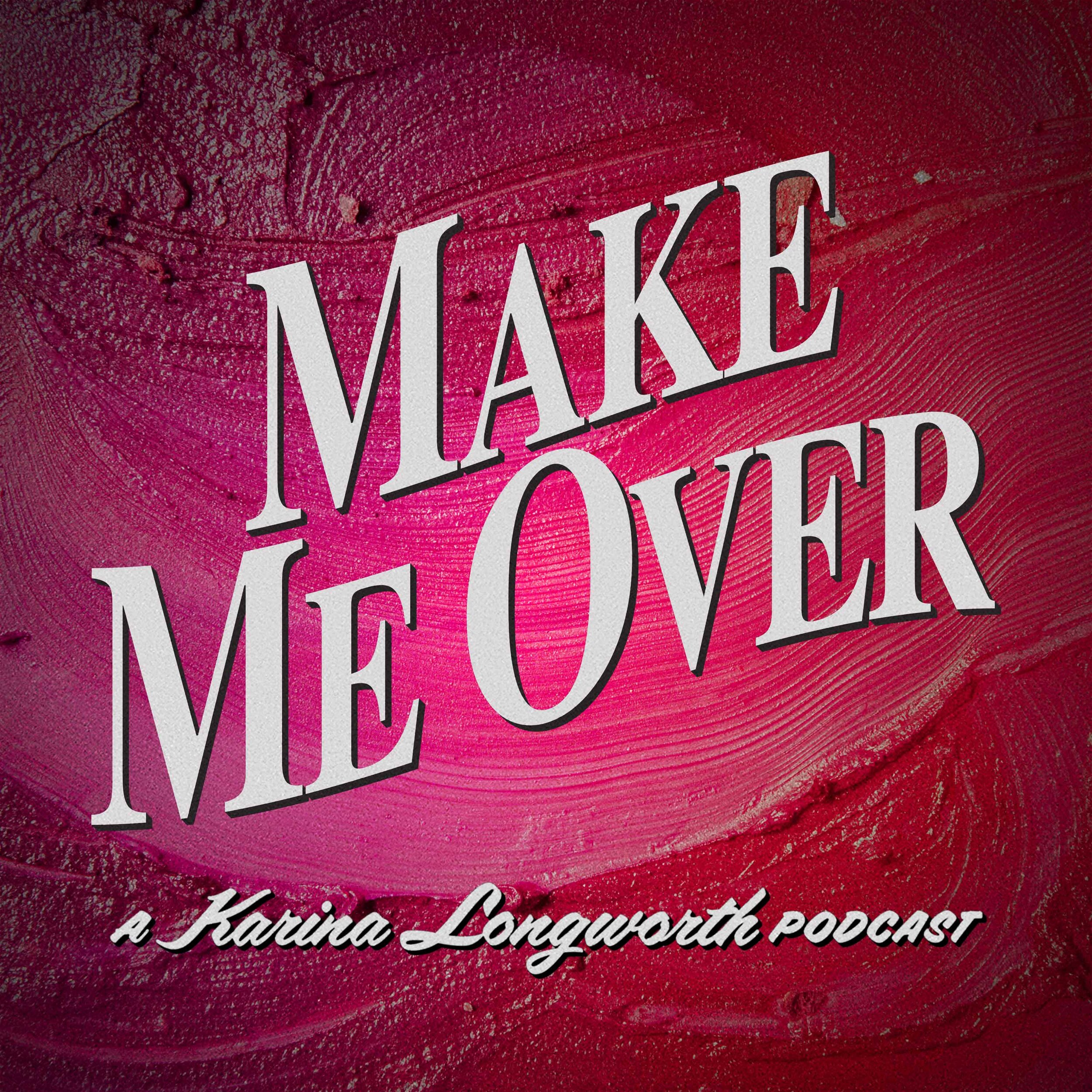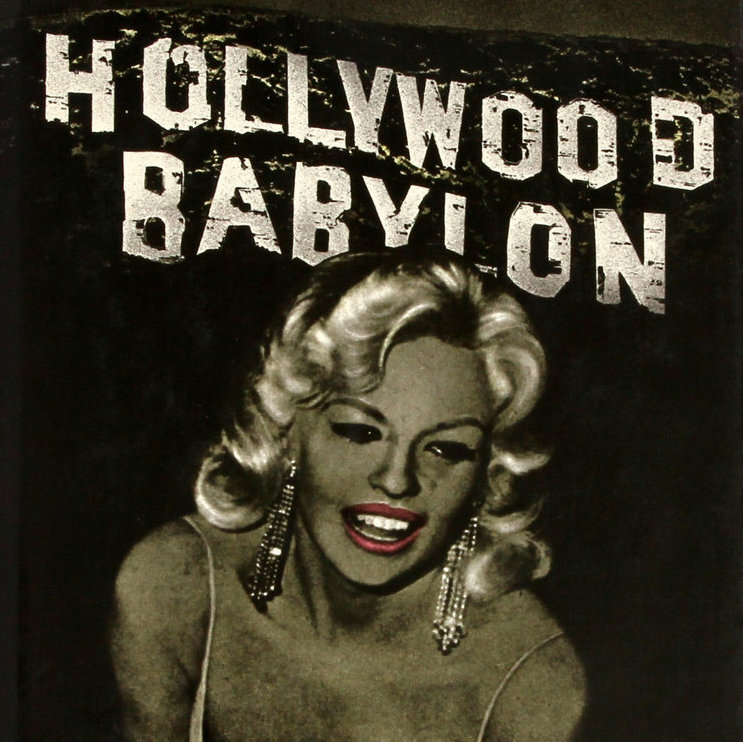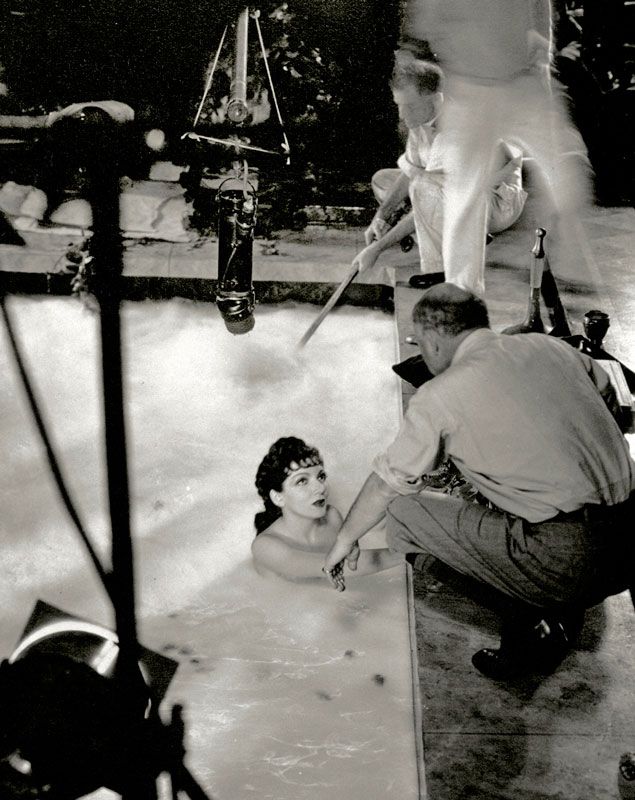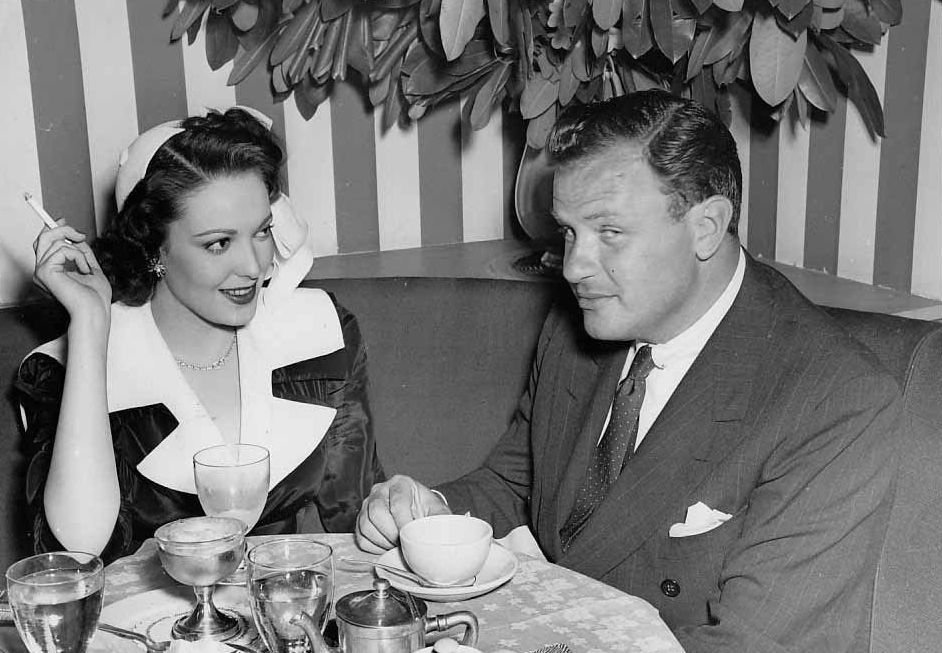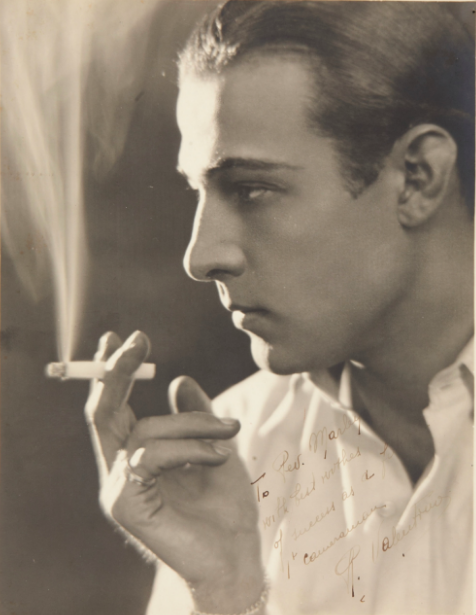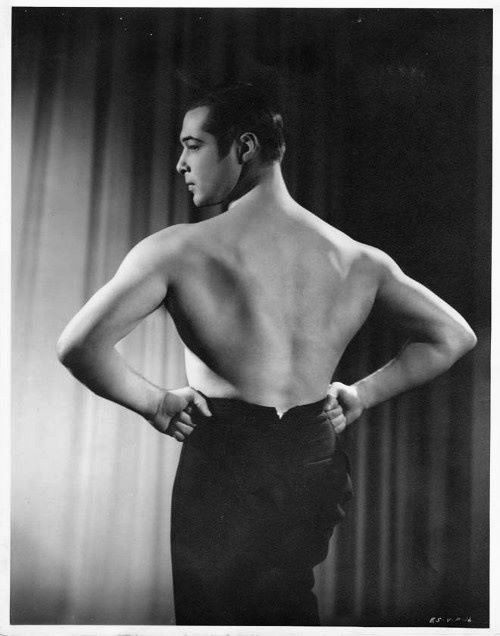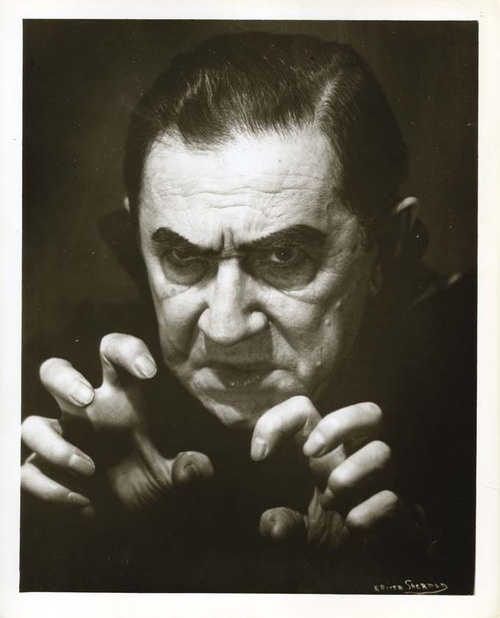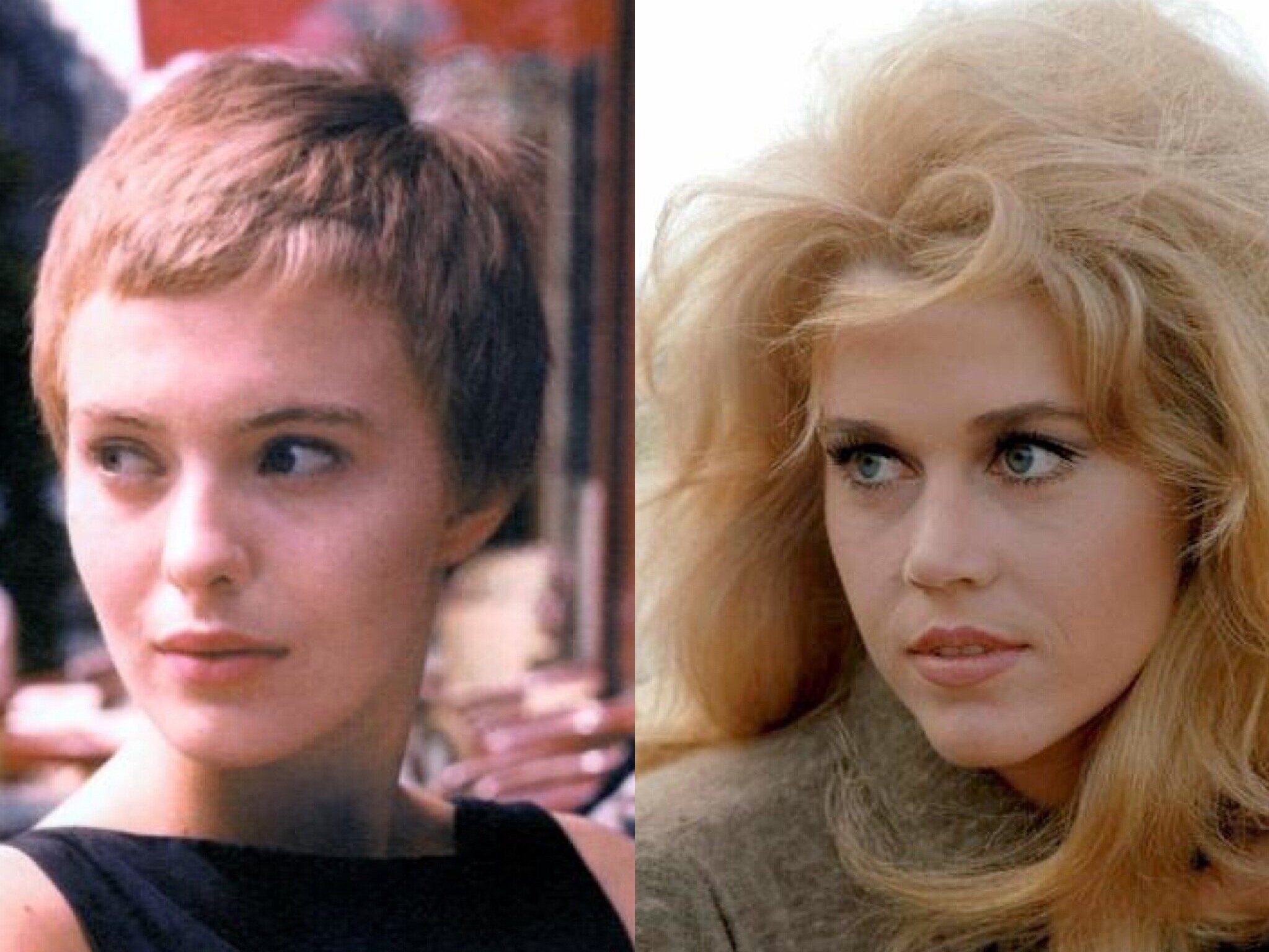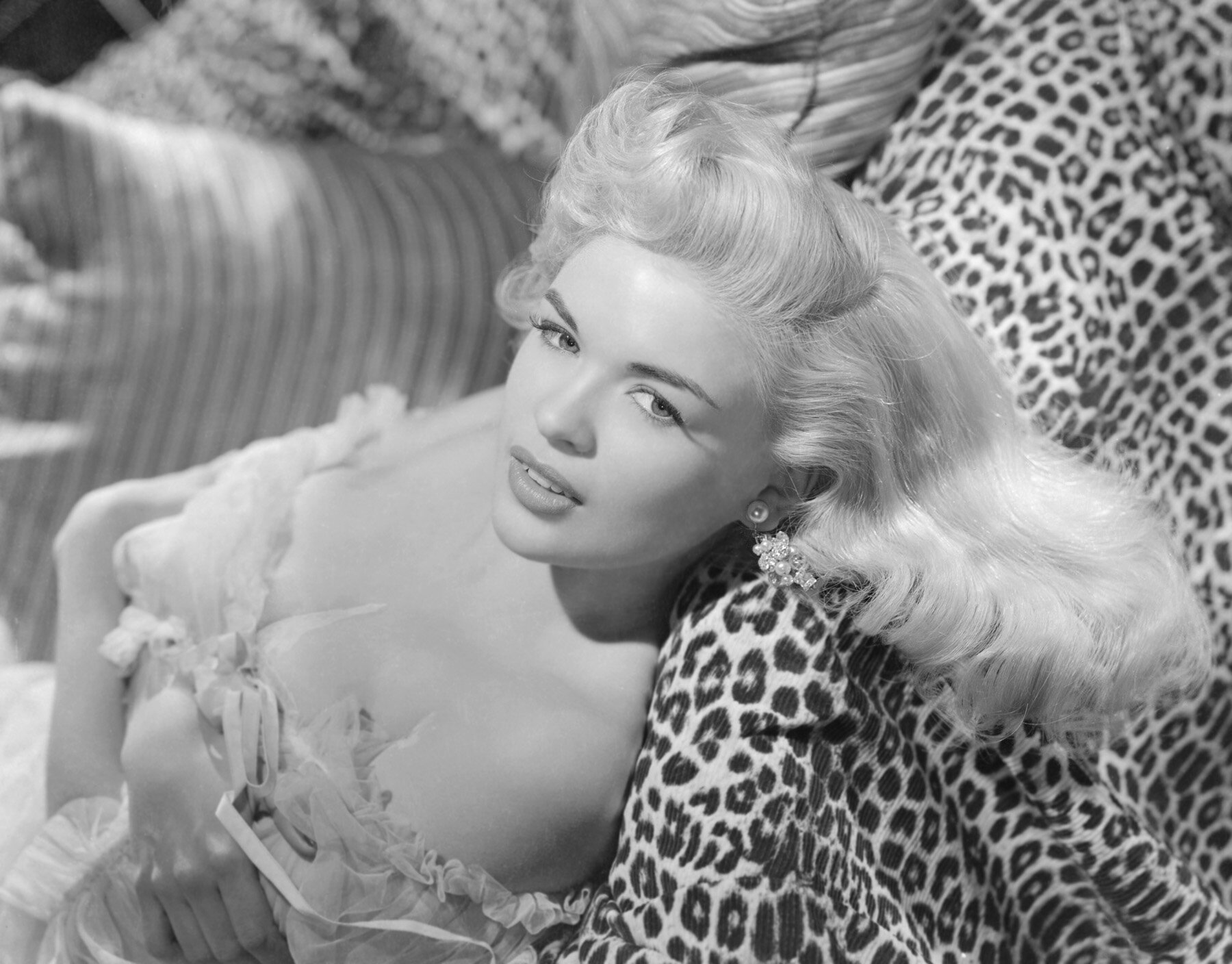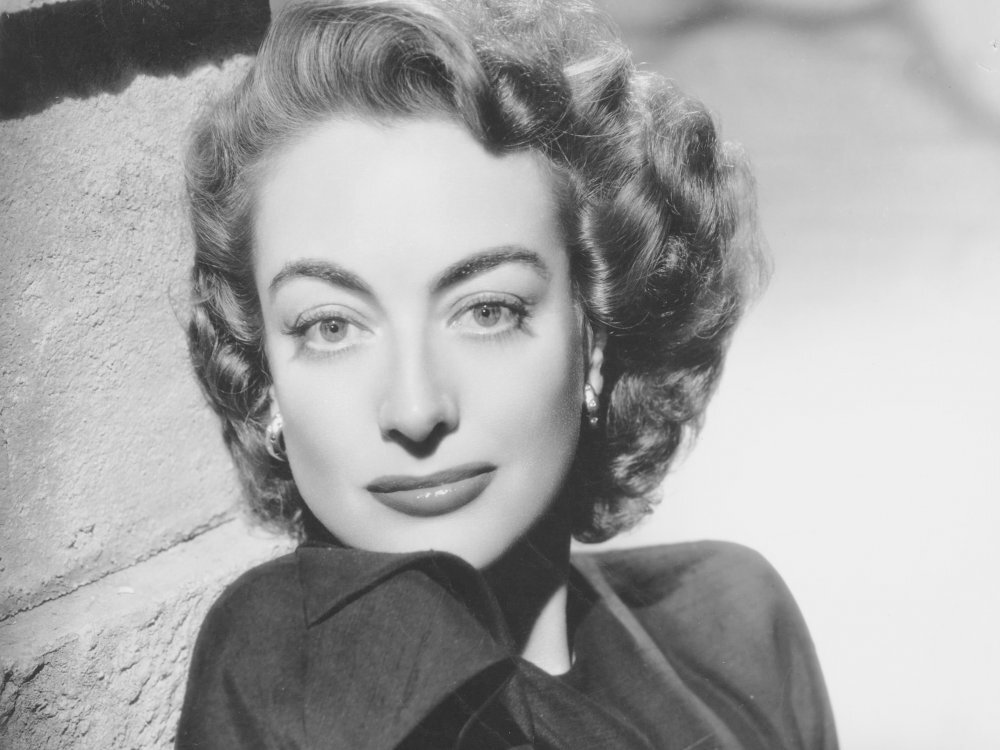Listen to this episode on Apple Podcasts.
In 1935, Merle Oberon became the first biracial actress to be nominated for a Best Actress Oscar, an incredible achievement in then-segregated Hollywood -- except that nobody in Hollywood knew Oberon was biracial. Born in Bombay into abject poverty in 1911, Oberon's fate seemed sealed in her racist colonial society. But a series of events, lies, men, and an obsession with controlling her own image -- even if it meant bleaching her own skin -- changed Oberon's path forever.
This episode was written and performed by Halley Bondy, a writer and journalist whose work has appeared in NBC, The Outline, Eater NY, Paste Magazine, Scary Mommy, Bustle, Vice, and more. She's an author of five young adult books, a handful of plays, an is a writer/producer for the podcast "Masters of Scale." She lives in Brooklyn with husband/cheerleader Tim, and her amazing toddler Robin.
SHOW NOTES:
Sources specific to this episode:
Race and the Modern Exotic: Three ‘Australian’ Women on Global Display by Angela Wollacott
Merle: A Biography of Merle Oberon by Charles Higham and Roy Moseley
Charmed Lives: A Family Romance by Michael Korda
Another Life: A Memoir of Other People by Michael Korda
Korda: Britain’s Only Movie Mogul by Charles Drazin
“The Trouble with Merle” a documentary by Marée Delofski, 2002
Goldwyn by A. Scott Berg, 1998
“Interval” the American Film Institute
“Sulfa drug.” ed. Kara Rogers, Britannica
“Health Effects of Exposures to Mercury,” by the Environmental Protection Agency
“Skin Lightening,” by the National Health Service
The Body Keeps the Score by Dr. Bessel van der Kolk
Cagney by John McCabe, 1997
Alexander Korda by Paul Taboni
Alexander Korda: The Man Who Could Miracles by Karol Kulik
Korda: Britain’s Only Movie Mogul by Charles Drazin
Music:
The music used in this episode, with the exception of the intro, was sourced from royalty-free music libraries and licensed music collections. The intro includes a clip from the film Casablanca.
Excerpts from the following songs were used throughout the episode:
The Black Dahlia - Paul Martin Pritchard
A Deep Longing - Laurent Eric Couson
Psychotic Mind - Patrick Thomas Hawes
Evening Papers - Geoffrey Peter Gascoyne
Blue Moan - Keith Charles Nichols
Sunset on Happiness - Laurent Eric Couson
Hollywood Holiday - Frank Samuels
Lonely Landscape - David Snell
Maze - Piotr Moss
Sentimental - Peter Yorke
Melancholy Feel - Mike Sunderland
Affairs of the Heart - Frederick Humphries
Tendre Billet Doux - Pierre Marcel Thierry Blanchard
Black Virgin - Piotr Moss
Voltar A Alfama - Marc-Olivier Nicolas Dupin,Christian Toucas
Farewell - Roman Raithel
A Picture of You - Roman Raithel
Credits:
Make Me Over is a special presentation of You Must Remember This. It was created and directed by Karina Longworth, who also edited the scripts.
This episode was written and performed by Halley Bondy.
Additional research by Kristen Sales.
Research and production assistant: Lindsey D. Schoenholtz.
Social media assistant: Brendan Whalen.
Producer: Tomeka Weatherspoon.
Editor: Jared O'Connell.
Audio engineers: Jared O'Connell, Andrea Kristins and Brendan Burns.
Supervising Producer: Josephine Martorana.
Executive Producer: Chris Bannon.
Logo design: Teddy Blanks and Aaron Nestor.















